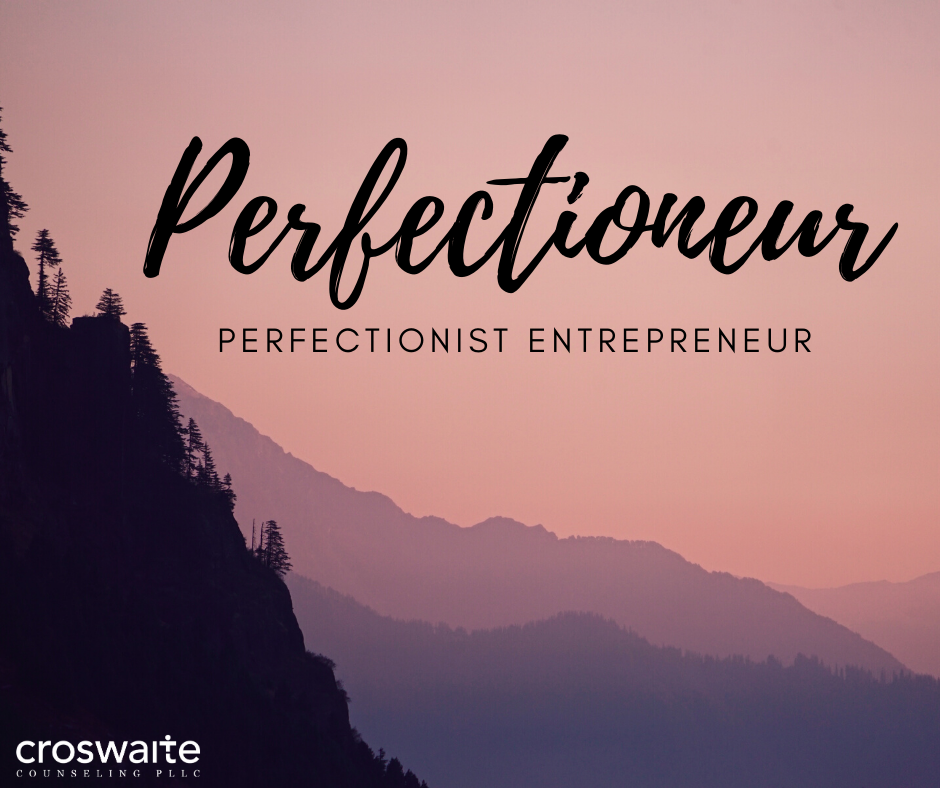Photo by Gülfer ERGİN on Unsplash
You’ve published a book and it’s a big deal! After putting your thoughts to paper and finessing the gift you are giving your audience, you are focused on marketing your book and getting it out there. It’s exciting and feels like hard work all at the same time. Amidst the rollercoaster of emotions that come with being a published author, it doesn’t even cross your mind that someone could steal your work and sell it as their own in the self-publishing space. As the author of five self-published books, I sure didn’t, and yet it happened to me!
I found out my work had be plagiarized on 10/14/22. Not once but TWICE. I happened to be looking up my book on Amazon after a colleague reached out to share that they’d submitted a 5-star review. Imagine my surprise when I saw my Amazon #1 Best-Seller Perfectioneur: From Workaholic to Well-Balanced listed (in English, Spanish, and a workbook), followed by two almost identical titles, published to Kindle in July 2022. My first reaction was shock. Was that really my book title under another author’s name? I clicked on the Kindle listing and was even more baffled to see a verbatim list of my book chapters under their book’s description.
Exactly the same.
As I attempted to wrap my head around what was happening, I felt a mix of flattery—wow they thought my content was good enough to steal!—and outrage—do people really think they can get away with this? Luckily, a quick google search showed me how common it is to have your digital work plagiarized in the self-published space. Thankfully, my search also provided me with some guidance on possible solutions. I want to share my experience with you here so that you too can feel prepared if this were to ever happen to you as a self-published author.
Step 1: Gather your materials that show the Intellectual Property (IP) was yours first.
This is basically a paper trail showing your ownership before others decided to steal your material. Examples of things that could work include:
· links to your book listing in Amazon that reflect the original publishing date
· an email time stamp on your book manuscript
· screenshots of marketing or social media posts that advertised your book
· a blog where you first wrote about your concepts before the book was written
By no means is this an exhaustive list. Not to mention I’m not an IP lawyer. However, my attorney has emphasized over the years that ownership of IP is best proven by written materials that include unalterable dates on them. So start gathering your proof!
Step 2: Gather evidence of the plagiarism
This includes screenshots, links to the book listings, and capturing the ASIN (Amazon Standard Identification Number) or the link of each product you are reporting.
Step 3: Outreach Amazon to file a Copyright Infringement Form
Millions of people have chosen to list their self-published books on Amazon. If this is you, utilize Amazon’s form to file your complaint. They will review the materials you submitted and will most likely ask for additional information to prove you are the original owner of the IP in question.
In my experience, I notified Amazon the Friday I found out and had resolution by Monday morning 72 hours later when they emailed me to confirm they were taking down the listings that had plagiarized my content.
What not to do? Do not outreach the sellers. Why, you might ask?
1) From my google search, I learned that oftentimes the author listed isn’t even a real person. Instead, folks could be scraping your written material off digital devices to then place it under a fictious author.
2) If you outreach them, the listed contact can remove the plagiarized content before Amazon can see it, getting away with plagiarism and any of the profits they made from your work. Not to mention they could re-list your book content under a new listing if not flagged by Amazon itself.
So begins your journey to resolution regarding plagiarism. You may have noticed that the first efforts I listed don’t involve taking folks to court. In fact, that could be a costly response to your content being stolen and is considered a last-resort option for many. If you have plans to continue to put out new self-published content, consider having an Intellectual Property lawyer on retainer for legal advice as you go forward. Lastly, do an Amazon search once in awhile to ensure your content isn’t showing up under another listing or author’s name again. It’s definitely not the fun part of being an author, but it may feel necessary to check your online listings regularly, in order to reduce any anxiety you feel about your work being sold as someone else’s book, oftentimes as a cheaper price.
Where do I go from here in my own personal story of plagiarism? I feel like I’ve learned a lot in the last 72 hours. I can only hope my experience can help another author navigate this aggravating event with minimal stress. After all, your work is valued and valuable—it deserves to be out there under your name as the original author within the safety net of a professional self-publishing space.









